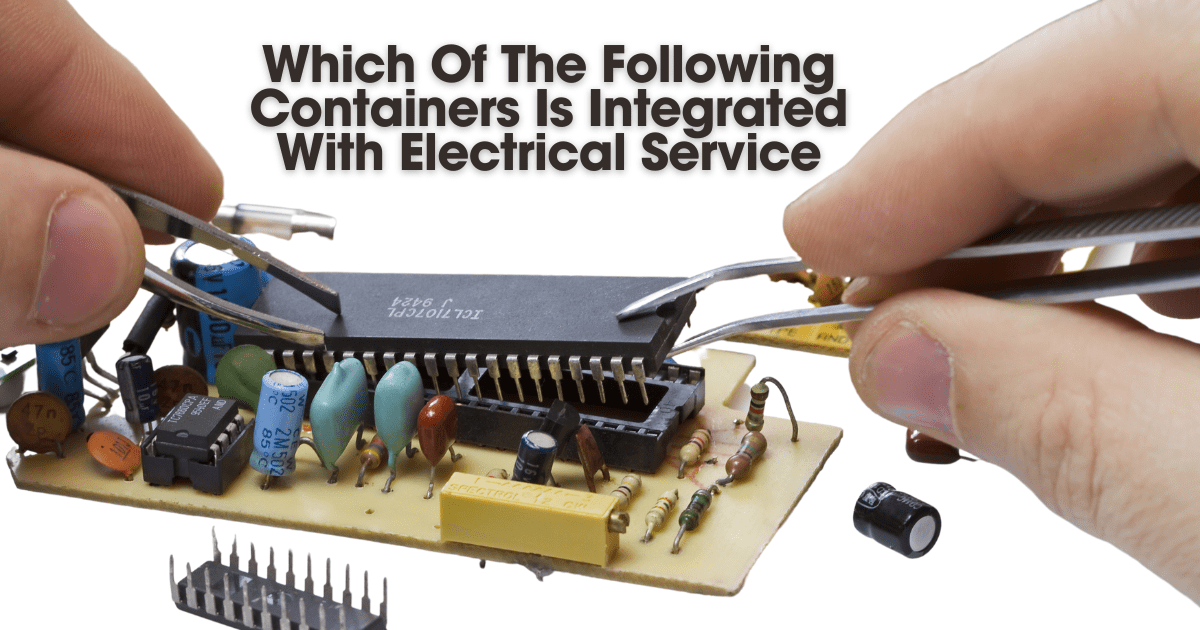Too Many Requests from Your Network
Please complete verification to access this content.
The demand for creative solutions that smoothly incorporate electrical services into various applications grows with technological advancements. When supplying electricity where required, containers fitted with electrical service components have revolutionized the industry. In this tutorial, we’ll look at three different kinds of containers that are frequently combined with electrical service, and we’ll also help you make the best decision for your requirements.
Containers for data centres:
Modular data centres, sometimes known as data centre containers, are made to hold IT infrastructure, such as power distribution systems, servers, and networking gear. These containers, which frequently have integrated electrical services, provide a turnkey option for companies needing scalable and effective data processing capabilities.
Containers for Power and Utility Distribution:
Transformers, switchgear, and distribution panels are examples of electrical components in containers intended for utility and power distribution. These containers offer a small and portable way to deliver electricity in places where traditional infrastructure might not be feasible. They are frequently used in isolated areas or for brief periods when power is needed.
Electrical substations on wheels:
Power distribution essentials are stored in containers known as mobile electrical substations. These are the kinds of containers that can be moved to places that need a backup or emergency power source. They provide a quick and effective solution during planned maintenance or power outages because they come with integrated transformers, breakers, and other necessary parts.
Taking into Account When Selecting the Correct Container:
Application Particulars:
Take into account the particular electrical needs of your application. Select a container based on your specific requirements related to data processing, power distribution, or emergency response.
Scalability:
Examine the container’s scalability in light of potential expansion or shifting power requirements. Modular architectures typically enhance scalability.
Movement:
Depending on what you need, the container’s mobility could be essential. Utility containers and mobile substations are made to be easily transported to various sites.
Combining with the Current Infrastructure:
To ensure a simple and effective deployment, ensure the selected container connects with your current electrical infrastructure.
In summary:
Depending on the particular requirements of your project, you can choose between mobile electrical substations, utility and power distribution containers, and data centre containers. Every kind of container has different benefits, such as mobility, scalability, and quick deployment in an emergency.
To sum up, incorporating electrical service into containers has completely changed how we handle data processing and power distribution. You can choose a container type that best suits your needs by knowing the nuances of each one and taking your application’s requirements. This will help you power your initiatives effectively and efficiently. The appropriate container with integrated electrical service guarantees that you have power when and where you need it, whether for emergency power or crucial data operations support.


